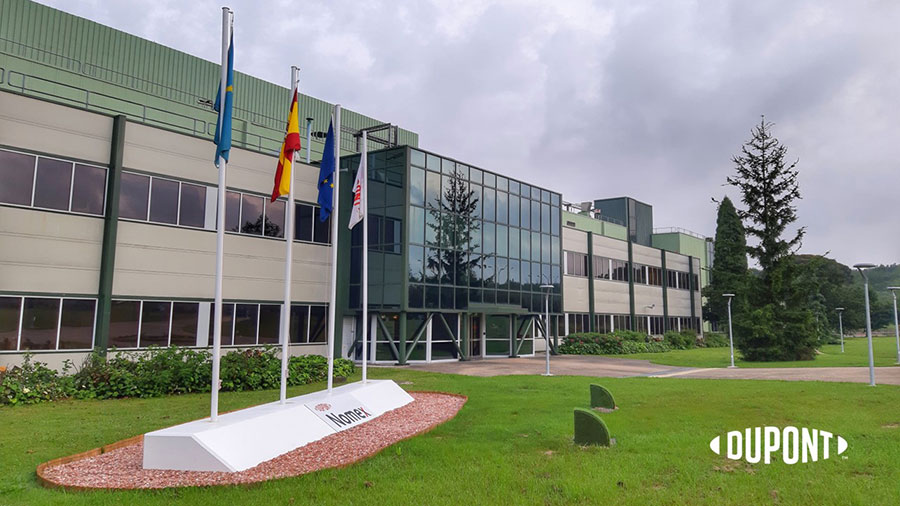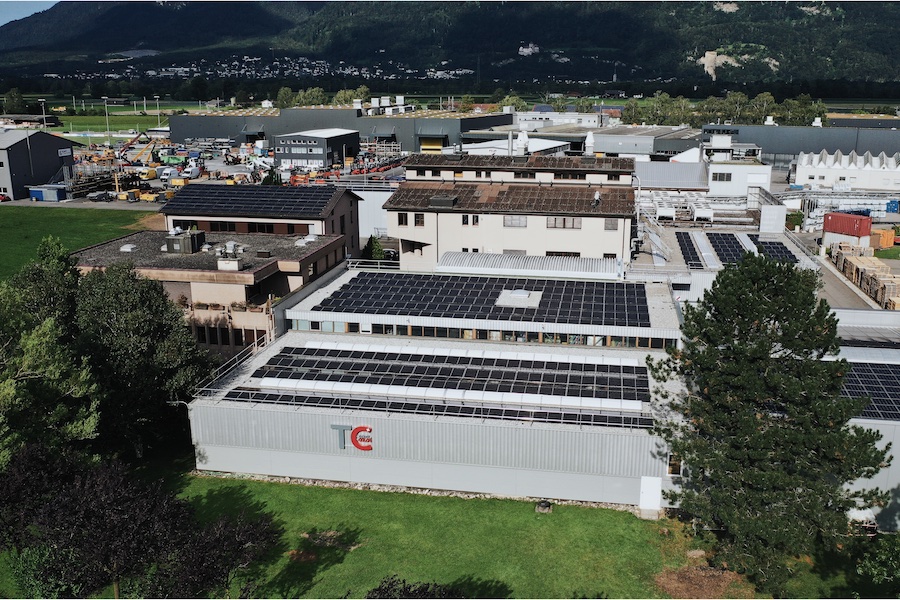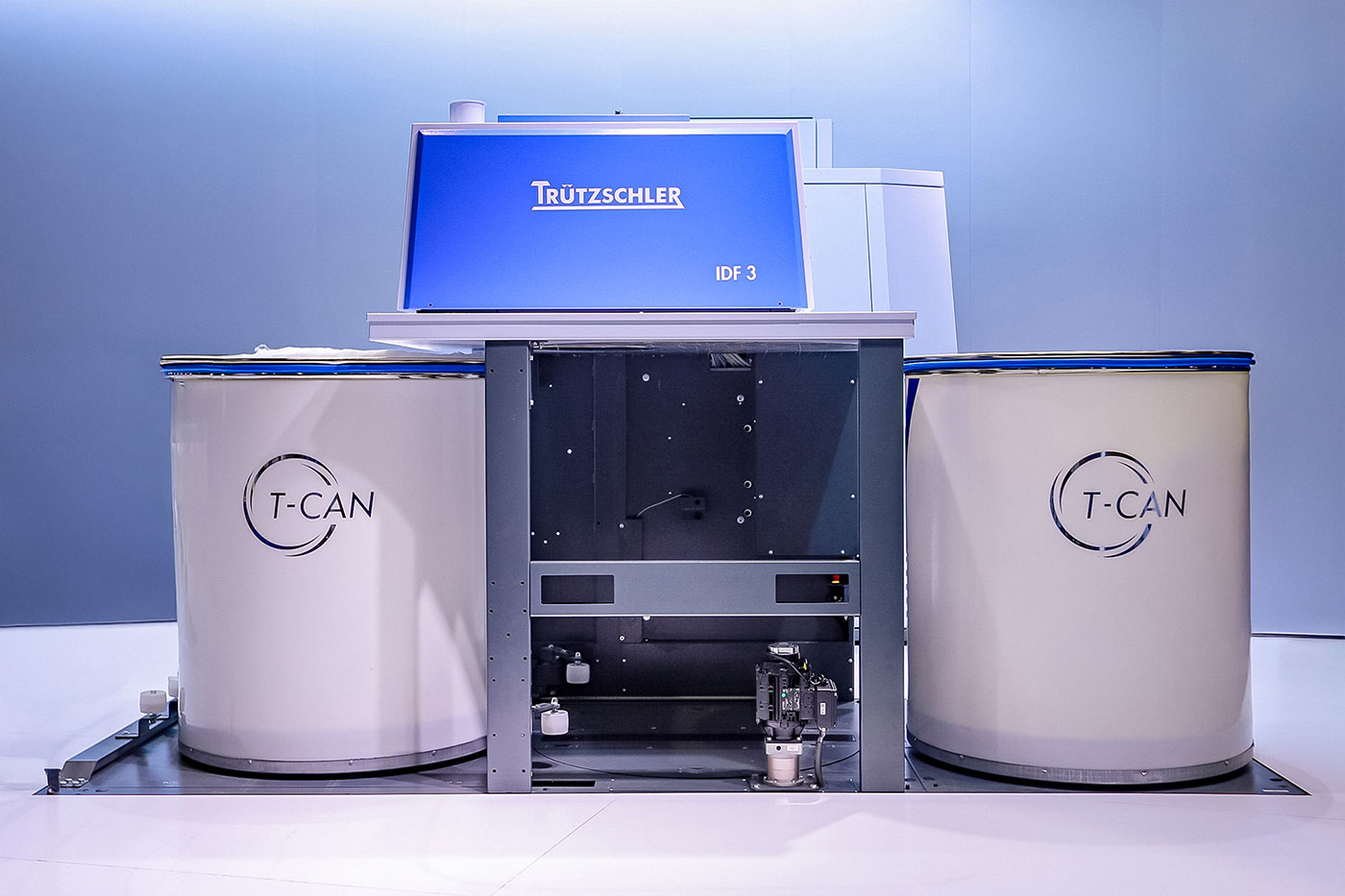#Sustainability
Global fibre impact explorer
Today, Google and WWF announce the results of a first case study on a digital tool being built to help fashion brands understand the environmental risk and impact of their fibre sourcing. Developed with luxury fashion house Stella McCartney, it informs the brand’s sustainable sourcing strategy on the ground in Turkey through previously opaque and inaccessible data. In order to assure widespread industry access and continued development, the tool is now being transitioned to Textile Exchange, a global NGO focused on raw materials in the textile industry, with the aim to provide global fashion brands and sourcing teams access to the platform in 2022. Additional brands can register interest in the platform today.Seven global brands, including Bestseller, H&M Group, Inditex, tentree and VF Corporation, will pilot this innovative traceability system for GRS and RCS certified materials across their supply chains.Participating certification bodies include Control Union, USB Certification, IDFL, Intertek and Bureau Veritas. After these pilots, scaling programs will be designed to facilitate a rollout on a commercial level. The traceability system will be further expanded to cover the animal fiber standards, followed by the Organic Cotton Standard (OCS) in 2022.
Google and WWF’s new digital tool will help inform the fashion industry’s sustainable sourcing strategy from the ground up through previously inaccessible data insights, incorporating climate risk and impact, according to a first case study released today at the 2021 Textile Sustainability Conference.
The fashion industry is one of the largest contributors to the global climate and ecological crisis -accounting for up to 8% of global greenhouse gas emissions. The Global Fibre Impact Explorer (GFIE) -a Google Cloud based solution, whose vision was first announced in June 2019 – is an intuitive environmental data platform built to enable more responsible sourcing decisions at the raw materials stage of the fashion and textiles supply chain, where significant damage is done, data is most opaque, and there is substantial opportunity for positive impact.
Based on analysis of Stella McCartney’s raw materials portfolio, the tool has identified cotton sources in Turkey facing increased water and climate risks. This affirms the need for investment in local farming communities focused on regenerative practices -water management and soil regeneration – to support climate mitigation and adaptation.
The GFIE assesses risk by fibre and region, drawing together data and analysis across a multitude of environmental impact factors, including air pollution, biodiversity, climate and greenhouse gases, forestry, and water use and water quality. Through an intuitive interface, brands will be able to understand and more accurately identify risks across 20+ fibre types -including natural, cellulosic and synthetics -at a granular level thanks to a combination of high calibre national data and near real-time sub national data insights. It is the first time that this breadth of data and impacts have been combined into an integrated risk assessment tool for the textiles industry.
Results in the tool will provide brands with recommendations for targeted and regionally specific risk reduction activities, such as opportunities for positive interventions with farmers, producers, communities, and those in the surrounding landscape to drive improvements.
The Stella McCartney team has been working with Google on conceptualising and testing the platform since its inception in 2019, as a complement to its existing efforts along different stages of the supply chain. The pilot carried out together spotlights risks present in the brand’s cotton sourcing in the Buyuk Menderes region in western Turkey. The tool collated multiple layers of water risk and climate projection data through algorithmic analysis to identify water availability challenges that are likely to intensify in the future due to climate change. Additional analysis also illustrated the area has relatively low soil carbon, linked to lower biodiversity intensity and soil loss.
This points to the need for regenerative farming practices to help support soil carbon sequestration, increase soil water retention, and reduce soil loss. Stella McCartney, as one of the fashion industry’s leaders in sustainability, has already been working with farmers and communities in the region on supporting the transition to regenerative agricultural practices, and can use the insights from the tool to further develop its regenerative strategy.
The GFIE was born out of a partnership between Google and WWF, bringing together similar projects from each organization and drawing on the unique strengths of both. It is built to complement existing tools in the industry focused on impact and risk analysis.
With the initial development phase complete, Google and WWF are proud to now partner with Textile Exchange, a global non-profit focused on leadership in the preferred fibre and materials industry. As the official host of the Global Fibre Impact Explorer, Textile Exchange will continue the development of the tool as well as conduct stakeholder outreach, working towards an industry launch in 2022. Textile Exchange is the ideal partner for this next phase of work as it convenes the textile industry to collectively achieve climate reduction goals and holistic positive impacts across fibre and raw material production. The partnership with Textile Exchange will also ensure that the GFIE is used by the industry to accelerate change and increase the adoption of preferred fibres and materials.
In addition to Stella McCartney, other leading fashion, luxury, denim, and athletic brands and retailers have been consulted to help test and refine the tool, ensuring it results in one that can be used by the entire industry -big and small. Included are Adidas, Allbirds, H&M Group and VF Corporation, among others.
An external council of global experts reviewed the GFIE methodology and data, including WWF; James Dalton, IUCN; Textile Exchange; Lindita Xhaferi-Salihu, UN Climate Change; Michael Bauer, The University of British Columbia; and Dr Mark Sumner, The University of Leeds, among others.
These organizations remain involved in the ongoing process of the platform’s development. For those brands and organizations keen to access and give feedback on the platform, please register your interest at globalfibreimpact.com.
Quotes:
“More and more, consumers are insisting that they understand where their clothing is coming from. But often, the very people producing the product don’t have the information they need. And they’re desperate for it. This tool is a great answer for us at Stella McCartney, and for the broader industry, to really understand the impact of where they’re sourcing from.” –Stella McCartney, Founder and Creative Director, Stella McCartney
“With the Global Fibre Impact Explorer, we’re seeing how powerful data can be when combined with strong partnerships and an industry committed to finding innovative solutions to fight climate change. The transparency and insights offered by the GFIE will allow those making sourcing decisions everyday to make smarter investments at a critical stage of the supply chain where actionable data has traditionally been lacking. We’re excited to now be handing the GFIE over to Textile Exchange to ensure that brands both big and small will have access to this data.” –Ruth Porat, CFO, Alphabet and Google
“Fashion can have significant raw materials impact. Life cycle data can help companies understand some impacts, but doesn’t fully capture contextual risks in sourcing locations. WWF has a long history of providing geographical risk tools, and this collaboration with Google draws together both impact and risk data to provide a more holistic assessment that should provide significant value and insights for the industry.” –Marcus Albers, Acting Director Finance & Corporate Engagement WWF-Sweden.
“Climate action starts at the source of the materials we choose. The Global Fibre Impact Explorer has the potential to influence a brand’s sourcing decisions positively. The tool complements the work already underway at Textile Exchange to support and accelerate the adoption of lower impact fibres and materials. Meaningful change cannot happen in isolation. A holistic view is required to shift away from the current system that leads to pollution and poverty and towards a system that supports prosperity and regeneration. This tool helps the industry move towards this holistic understanding of impact.” –Claire Bergkamp, Chief Operating Officer, Textile Exchange
To register your interest visit:
https://textileexchange.org/Global-Fibre-Impact
Notes to editors:??What exactly does the data show???The GFIE provides insights into various environmental risk and impact data categories?including: air pollution, forest, biodiversity, climate, and water usage and quality. It can help, for?instance, to predict the water risk of agricultural fibres pre-spin, or the potential for air pollution?impacts from synthetic fibres. The team also plans to add additional impact factors in the next?phase of development.??What data is available???The GFIE data is made available through a combination of sources. One of these sources,?Google’s Earth Engine Data Catalog, is a cloud-based geospatial analysis platform available?through partnerships with academic institutions, enabling users to visualise and analyse satellite?images of our planet. Fibre impact data, data on a range of existing climate and sustainability?risks and impacts on-ground, and analysis of relevant government policy are also leveraged to?create different levels of analysis within the tool, and will be made available to download in the?next iteration of the tool. These sources enable the tool to identify risk factors by region and?fibre, and are a key driver of the scalability and specificity of the tool.??How did the tool come about???The GFIE was born out of a partnership between Google and WWF Sweden, bringing together?similar projects from each organisation and drawing on the unique strengths of both. Google?first announced a pilot in collaboration with Stella McCartney to use Google Cloud technology to?provide a more comprehensive view into the impact of the fashion industry’s raw materials at?the 2019 Copenhagen Fashion Summit. WWF-Sweden and long-term partner IKEA created a?similar tool in 2018, focused on analysing the risk and impact of various textiles raw materials.??What do each of the parties involved provide???WWF brings its own proprietary data on risk and the strength of sustainability solutions for?textiles raw materials, and the framework for calculation and mitigation actions for each fibre.?Google has brought its engineering resources and Google Cloud’s capabilities to build the?platform, helping fill fundamental data gaps that have impeded action in this area in the past. It?also provides access to Google Earth Engine’s satellite imagery and geospatial data, providing?valuable granular insights at sub-national level.
Why Textile Exchange?
Textile Exchange is the ideal partner for this next phase of work as it convenes the textile?industry to collectively achieve climate reduction goals and holistic positive impacts across?fibre and raw material production. Textile Exchange has several tools and data collection?platforms already running and in development such as the Material Change Index, which?captures the uptake of preferred fibres and materials of the more than 150 brands that are?reporting; the Preferred Fibers and Material Matrix, which provides a holistic view on the?impact of fibers and materials; and Geospatial Information System (GIS), for spatial?representation and tracking of sustainability risks, opportunities and progress.
What are the ‘Preferred Fibers and Materials’?
Textile Exchange defines a preferred fibre or material as one that results in improved?environmental and/or social sustainability outcomes and impacts in comparison to?conventional production. https://textileexchange.org/preferred-material-toolbox













